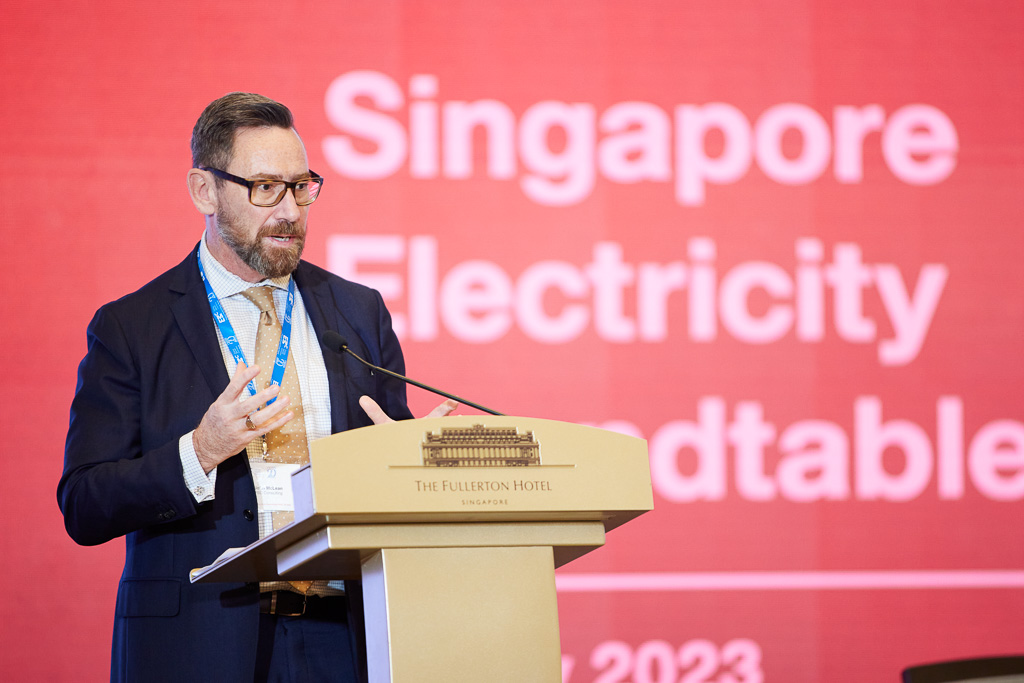
About 95 per cent of Singapore’s electricity is generated from natural gas, a fossil fuel. The gas is burnt to produce steam, which spins turbines to produce electricity in power plants.
But as the island state pivots towards lower-carbon alternatives, the displacement of these combined cycle gas turbines (CCGTs) decades down the road could pose “inertia issues”, warned Mr John McLean, PSC Consulting’s general manager of Market Systems, Asia Pacific.
Inertia, the energy stored in huge rotating generators that keeps them rotating, serves as a “shock absorber” for the power grid, especially when a large power plant fails. But most renewables do not use these turbines, potentially leading to more grid instability.
This needs to be addressed if Singapore imports a large amount of renewable energy in its bid to meet net-zero targets, said Mr McLean, who was speaking at the Singapore Electricity Roundtable on July 25.
Capacity remuneration mechanism
As Singapore strives to bolster the resilience of its energy market, paying energy providers to keep their generators available is another thing the country can consider, added Mr McLean, whose firm provides consulting services to the electricity industry.
This practice, known as a capacity remuneration mechanism, has several advantages: it could ensure sufficient energy capacity, reduce peak energy pricing, and help industry players recover the cost of their investments.
“On the flip side, you might have excess capacity. That cost gets passed on to consumers, and (the reduction of peak pricing) may deter certain (demand side) businesses,” Mr McLean said.
Five-minute dispatch and settlement
Finally, there is the question of whether Singapore’s electricity market should replace its current 30-minute trading period with a five-minute one which will provide more efficient pricing signals.
A shorter trading period would make for a system that can respond more nimbly to issues such as intermittent solar power, the tripping of a generation plant, or an unexpected change in demand.
Today, a five-minute dispatch and settlement period can be found in Australia, New Zealand, the Philippines and several North American markets.
But whether Singapore should follow suit remains to be seen, Mr McLean admitted.
“Five-minute settlement comes at a cost and has some pretty gnarly implications – it’s a significant change, and it is typically around an 18- to 24-month delivery frame,” he added.
“It has a heavy impact on industry stakeholders…We need to understand if the benefits outweigh the costs.”